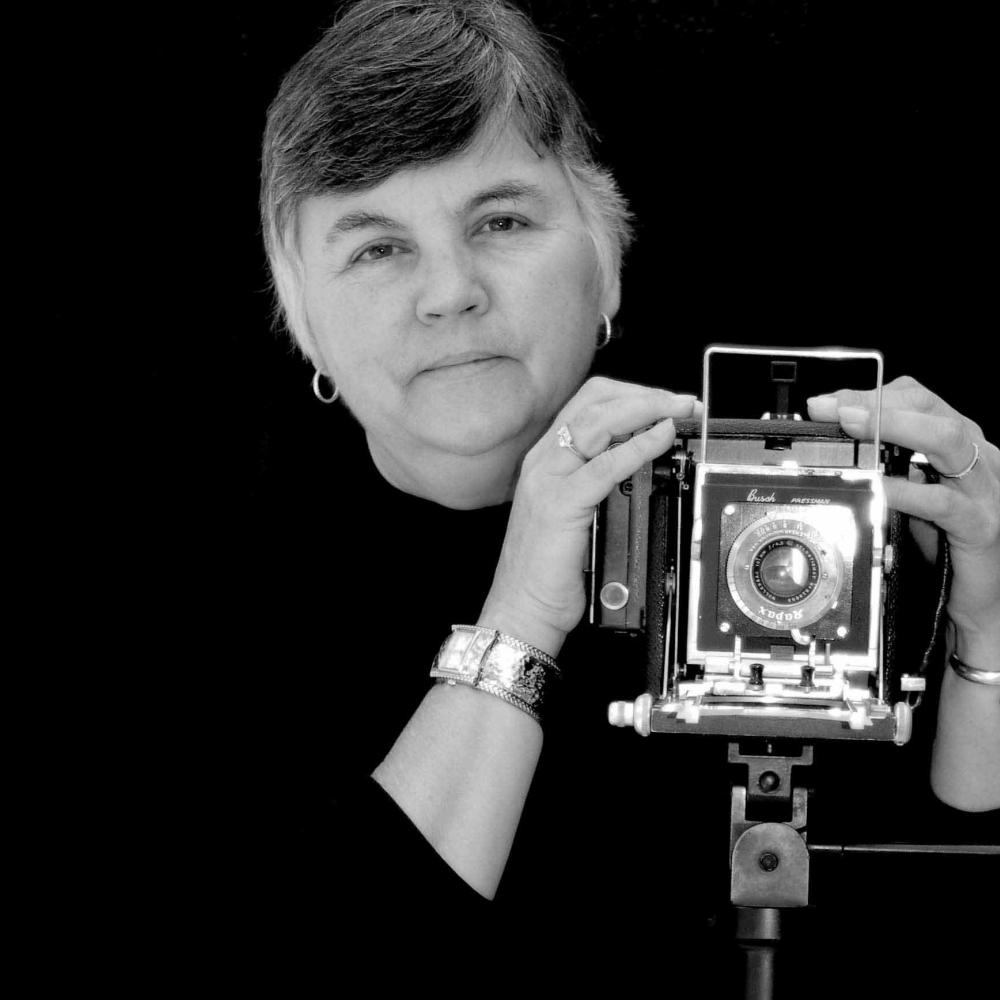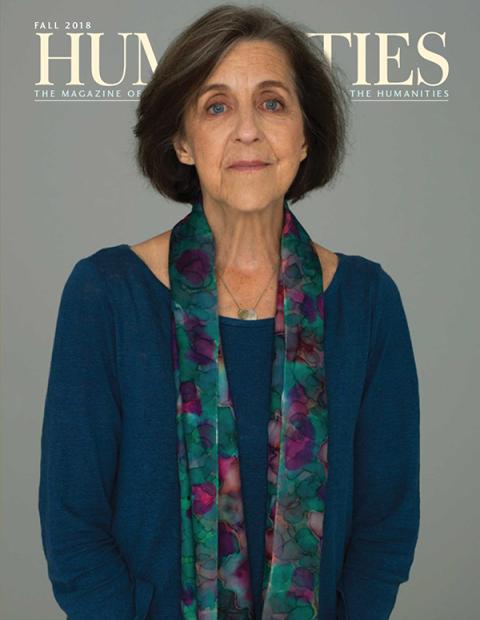For close to 35 years, Pat Williamsen has been helping Ohioans tell stories about themselves and their state. She has spent most of those years with Ohio Humanities, which she has led since 2011. Yet her roots with the council stretch back decades. In 1984, Williamsen began in a part-time position; when she departed, in 1993, she was the assistant director for public relations and development. She returned to the council in 2002 to be the director of development.
In the nine years between her council stints, Williamsen remained engaged with Ohio’s arts and culture—most notably as executive director of Community 21, a now-defunct public access television station. It may seem an unlikely detour, but Williamsen sees it as part and parcel of her life’s work.
“I mourned for a great long time about having to close down the cable-access station,” Williamsen says. “It’s another mission that was very close to my heart—enabling people to craft their own media messages.”
The twists and turns that have shaped Williamsen’s career began during her youth in Maumee, Ohio. While she was in high school, Williamsen developed a passion for photography. “In 1971, my father handed me a Kodak Retina, a 35mm rangefinder camera, and told me to go learn how to use it,” she says. “A few years later, I landed a job in the University of Toledo photojournalism labs, and I was tutored by the university’s lead photographer, who taught me the techniques of making magic both in the camera and in the darkroom.”
Williamsen earned a bachelor’s degree in English literature from the University of Toledo in 1978 and went on to study film history at Ohio State University, from which she received a master’s degree in photography and cinema in 1984. As she completed her studies, however, her prospects of finding a job related to her education seemed remote.
“I stumbled on a job posting for this organization quite by accident,” says Williamsen, whose mother had read about an opening in a newsletter from the council, which had funded a public archaeology dig in Maumee. Then-executive director Charles Cole initially bypassed Williamsen, “but he called me six months later offering a part-time job coordinating ‘Human Values in a High Tech Society,’ our first council-conducted project,” Williamsen says. “Dr. Cole needed a coordinator for that project, and I said, ‘Yes, sir.’”
After nine years at the council, and wanting to learn more about nonprofit administration and fund-raising, Williamsen struck out on her own. She worked for several years trying to raise money for independent documentary filmmakers before going to work for the Westerville Symphony and then public-access TV.
Following the dissolution of Community 21 in 2001, fate again intervened to bring Williamsen to the council. “I came to the humanities council office to file a final report for a filmmaker for whom we’d served as a fiscal agent,” she says. “Gale Peterson, the executive director, asked, ‘What are you doing these days? I’m trying to find a development officer.’”
Today, Williamsen oversees a staff of nine who make grants and coordinate council-conducted projects. Among the programs that Williamsen likes to highlight is the council’s Speakers Bureau, which pairs organizations with scholars to speak on subjects as diverse as African-American studies and archaeology. “We do the contractual work for the scholars. We pay the honorarium. All the organization has to do is a little bit of publicity and provide an audience.”
Williamsen leaned on that network of scholars after violence took place at a white supremacist rally last year in Charlottesville, Virginia; coincidentally, the man who stands charged with killing a woman and causing injuries to others with his car, James Alex Fields Jr., had resided in Maumee. “I got on the phone with some of the scholars we work with on a regular basis who I knew had expertise in this area,” Williamsen says. As a result of the scholars’ visits, she says, “communities are talking about race and they’re talking about white supremacy.”
Other projects allow Williamsen to draw on her photography background, including the exhibit “Images of the Great Depression in Ohio: Documentary Portraits Revisited.” Starting in 2009, six photographers were dispatched to rephotograph spots in the state that had been documented by the Farm Security Administration in the 1930s. As Williamsen recounts the story, the project began when one of the council’s board members suggested: “Let’s send Pat out to photograph all this.” Yet, Williamsen adds, “Pat was smart enough to say, ‘No, if we’re going to do a rephotographic survey, we’re going to do it the right way.’” About 500 sites from the original images were identified, creating vivid before-and-after views.
For her part, Williamsen is proud to have spent her working life in the humanities—and, especially, the humanities in her home state (the treasures of which are well documented in the council’s online heritage tourism guide, www.seeohiofirst.org). She likes to encourage visitors “to get off the interstate highways to explore the heart of Ohio in our small towns and byways.”
“There’s a reason that Ohio is a test market for restaurant chains. There’s a reason why we are a purple state for elections. Just about everything in America you can find here.”
And although Williamsen enjoys traveling—and getting away from “the lake, from the rivers or the soybeans and the corn”—there is no place like home.
“I love New Orleans; I love Prescott; I love Gallup, New Mexico,” she says, “but there are no soybeans there.”
TELL ME MORE, PAT . . .
How deep are your family’s roots in Ohio? I think the Williamsens emigrated from Germany in the late 1800s. My grandfather anglicized the spelling of our name during World War I. When I goof off, I like to do things that involve hiking boots. My most difficult photo shoot ever was a commission dealing with subject matter I promised never to reveal. Which books have shaped you? A young adult book from the early ’60s called Summer of Little Rain by Aileen Fisher and Roy Stryker’s In This Proud Land. And Winnie-the-Pooh and Little Women and the Bible and The Lord of the Rings. There are so many great books. I became a real person when I learned to read.


